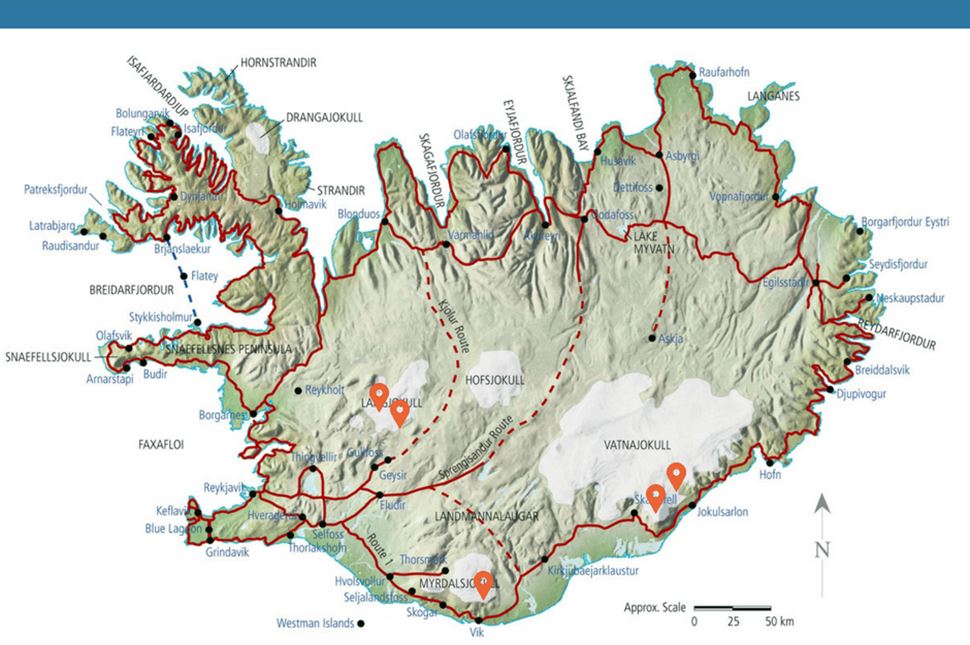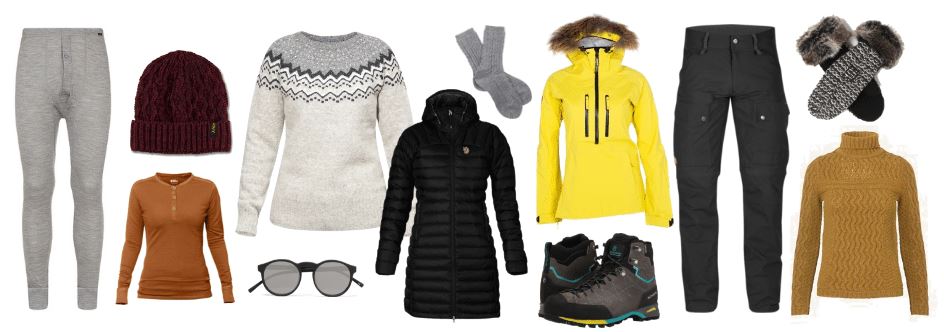Iceland is open for travel: Volcanic eruption in Iceland 2024
Iceland is truly an ice cave paradise! With all its glaciers and ice formations, there is no shortage of natural ice caves and their blue ice roofs which make the scene mesmerizing and extremely photogenic, to say the least. There are a few different ice caves that are visited by our adventure tours, each with its own unique features. Most of them can be visited by joining day tours and like the glaciers themselves, the majority of the ice caves are found in the south of Iceland.
Visiting a natural ice cave is truly a once-in-a-lifetime experience, especially now that the glaciers are melting due to climate change and the time frame to visit one is getting smaller. The surreal feeling of standing inside a living glacier, admiring its remarkable colors and layers of history, is hard to beat.
Iceland is known as the land of ice and fire due to its glaciers and volcanoes. Glaciers cover about 11% of the total surface of the island and have a great impact on nature, landscapes, and living in Iceland. Icelanders have lived in harmony with glaciers from the time they settled and have always both admired and been afraid of their powerful ways.
The glaciers that we typically visit on our ice cave tours are Langjökull, Kötlujökull (an outlet from Mýrdalsjökull), Breiðamerkurjökull, Skeiðarárjökull and Falljökull (outlet glaciers from Vatnajökull).


Dressing for an ice cave adventure in Iceland is all about wearing layers to keep warm, even in the summer. You are after all entering a glacier, no matter the season. Thermal underwear is advised, and the next layer should be some outdoor pants (preferably waterproof), followed by a sweater, then a coat or waterproof jacket.
Hats, buffs or scarves, and gloves are necessary for the cold climate. Sunglasses can also come in handy as bright sun rays can reflect off the glacier’s icy surface.